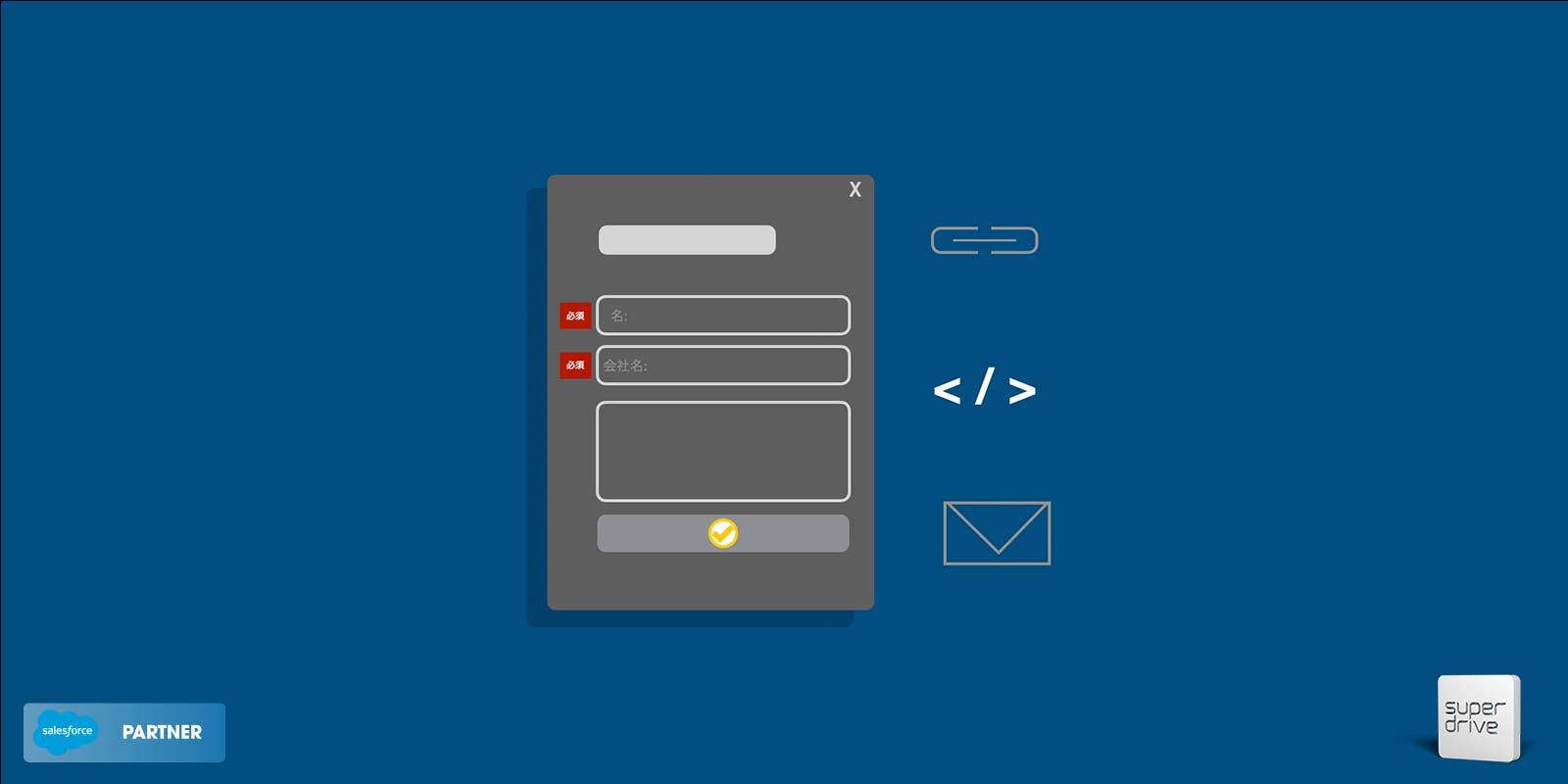Journey Orchestration Engine technology has risen to the fore in recent years as enterprises seek to deliver more holistic, omnichannel experiences and programs. This is a young technology segment, however, with an array of small pure-play vendors and offshoots from major Suite Vendors and their MarTech suites claiming capability and credibility, it is important to understand the differences and nuances of these technologies.
Fundamentally, one of the core concepts to align on as an organization reviewing these capabilities, is where do you want your decisioning logic to sit? Do you want it tied to the independent platform layers or “systems of engagement” such as websites, call-centres, chat-bots etc) or independently, standing outside these systems of engagement?
The implications of this are significant and the temptation because of inherent mar-tech stacks, is to continue building siloed decisioning logic with what you have (or to buy into that logic from the Suite Vendors whose agglomerated best interests it serves for you to pursue that approach).

Think Decision Logic
For context think about “decisioning logic” as a system of intelligence, the machine (or platform) needs to fulfill a certain set of attributes. These attributes include the capability to ingest data from multiple sources, process and analyze that data, and communicate desired outputs back into multiple systems as needed. Today, customer journey orchestration platforms are largely rule based logic, but this space is evolving rapidly to use artificial intelligence and machine learning models which will process the data, so that the your system of intelligence layer continually grows smarter over time (I am convinced that one day you will be able to put that on your organizations balance sheet!)
More simply, a system of intelligence does a specific job, end to end, by working within the systems and workflows that you currently have. It’s the inverse of traditional software in that it does not introduce new interfaces or interaction points—in fact, it works to remove them entirely.
Take the scenario of a customer who is engaged in an onboarding campaign as part of a CRM program. However, on day 5 their device/product breaks or fails and the customer engages the call-centre via phone to arrange a replacement. The last thing this customer should receive is the next onboard eDM in the cadence on Day 6. That program should automatically be suppressed by decisioning logic that is connected across, and to all the channels and touch points. This simple scenario can be difficult to execute if your decisioning logic sits within a system of engagement, such as your marketing automation platform.
A complete view of Interactions
The point here is that it is difficult for today’s systems of engagement to review all the data and events from customers across your omni-channel environment, to define a best next action and deploy it in as near-real-time as possible, in the most appropriate channel or environment. You need a single best version of a customer truth at the precise moment you execute an action. That requires a complete view of interactions versus a partial view of interactions. Hence that best next action you need to execute should be determined within the independent system of intelligence.
When your decisioning sits independently outside/atop of your systems of engagement, it is also much easier to ensure this customer use-case is resolved without fear of other programs amplifying levels of dissatisfaction with other contextually irrelevant initiatives interfering. Making changes to an omnichannel customer journey need only occur once at a system level versus multiple/manual changes that have cascading complications when made within the individual engagement platforms. This has significant cost, time and resource benefits to the organization.
In has been our experience that these systems of intelligence are far lighter to implement, and far more valuable to the future roadmap of the organization (not just Marcom). They are more nimble, and more responsive to the ongoing demands of change-requests taking place with today’s highly dynamic customer journeys and changing data points.
The Way Forward
Essentially this is the core difference between the pure-play Journey Orchestration Engine solutions (such as Kiteewheel, Thunderhead, Usermind etc) and the Suite Vendors (Oracle, IBM, Salesforce etc) who are in the process of either stitching together their portfolio capability, or backing out decisioning from their systems of engagement and putting it into (new) systems of intelligence such as Watson or Einstein etc. Contingent on what systems are already embedded within your organization coupled with your ability to wait for seamless capability from Suite Vendors, the pure play engines presently maintain capability-advantage, agility and the potential to work atop of infrastructure rather than becoming infrastructure.
Written by Sam Cassels
Superdrive is a certified partner of Kitewheel – A Leader In The 2020 Forrester Wave™: Journey Orchestration Platforms. To book a demo please click here and we will be in touch with you to arrange a time.




